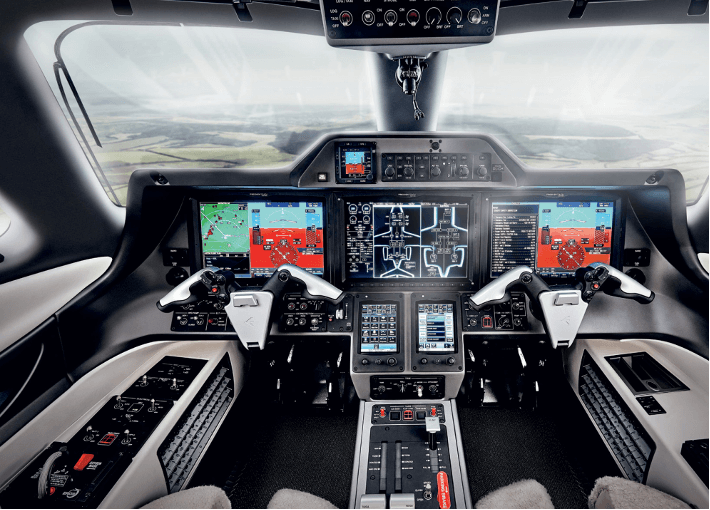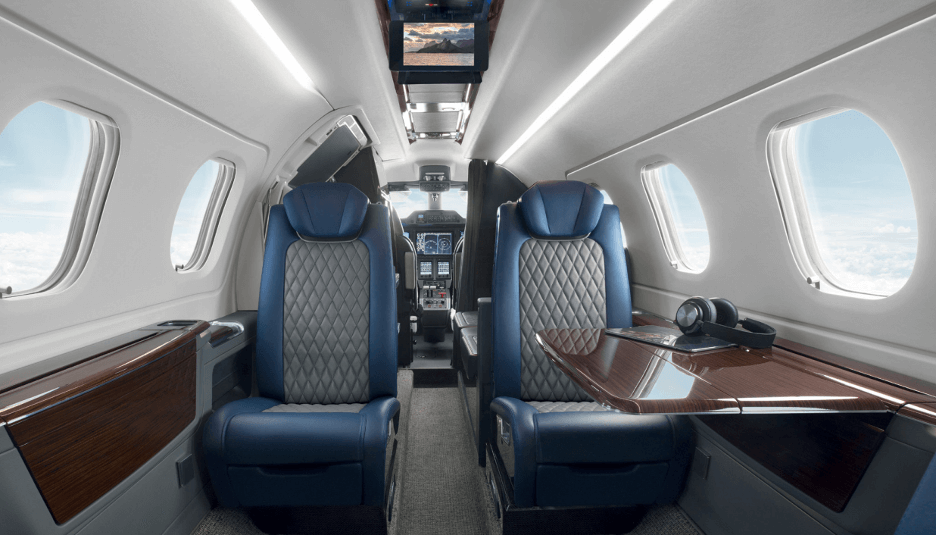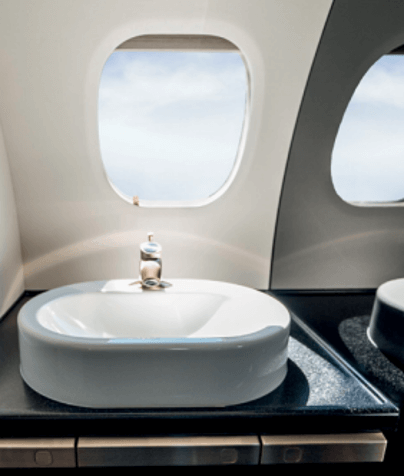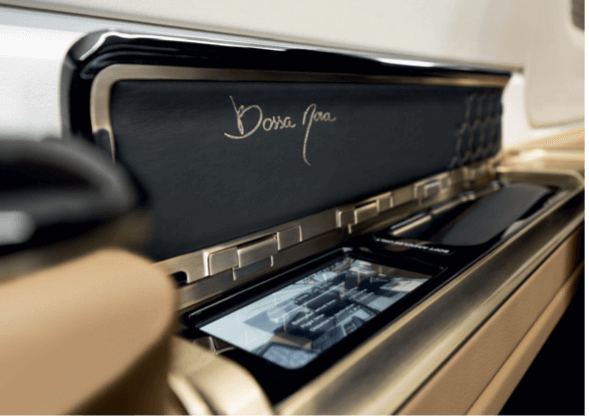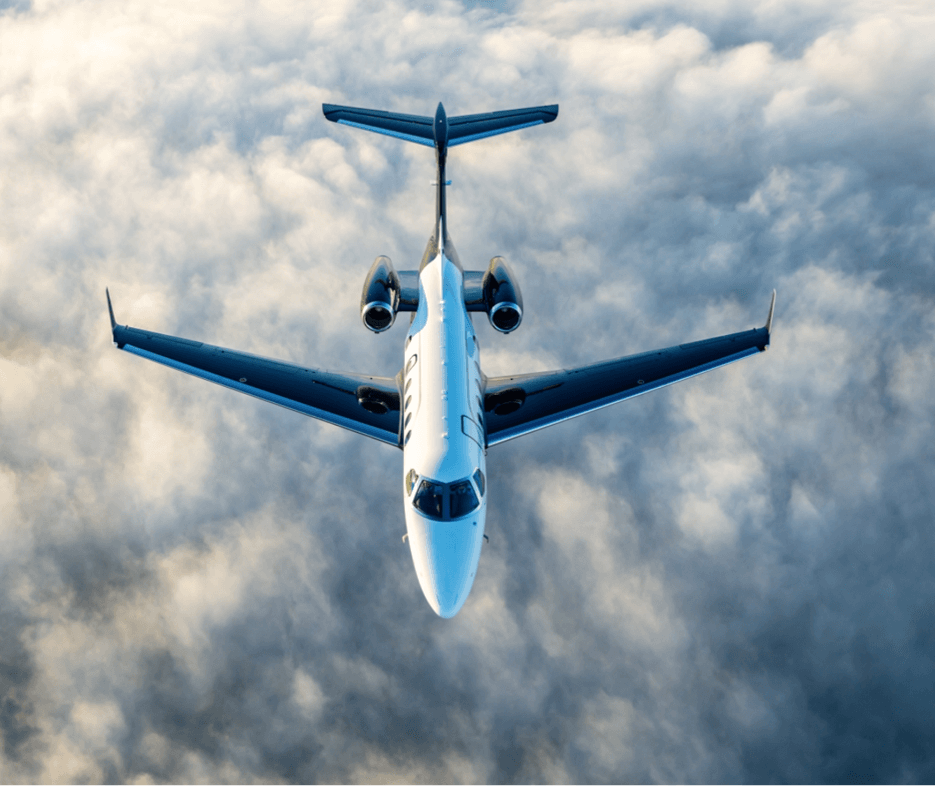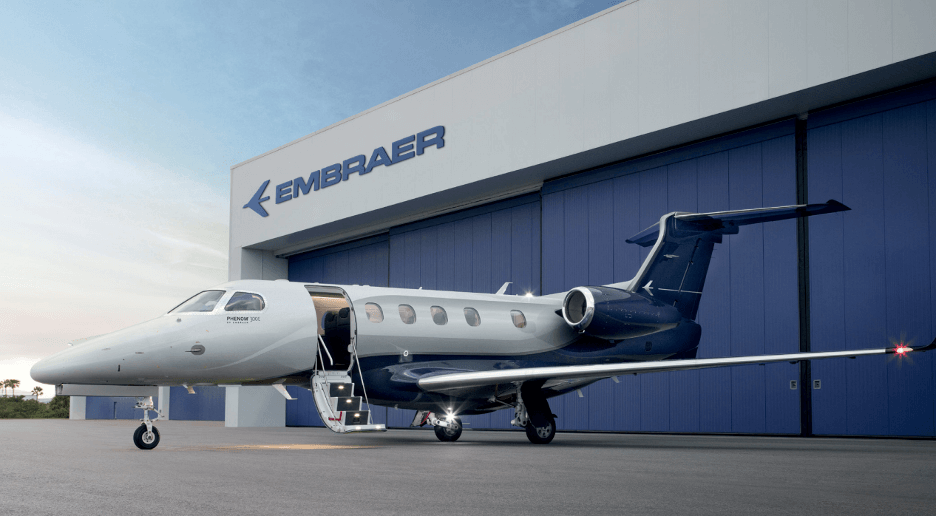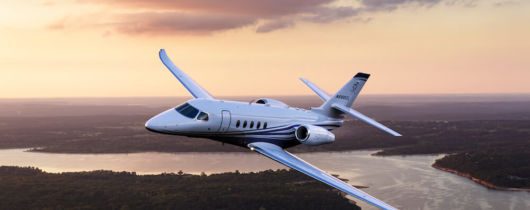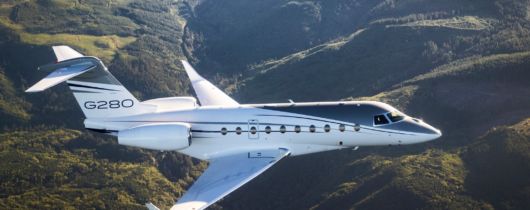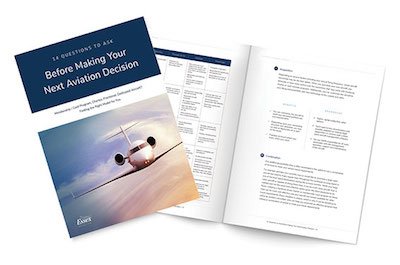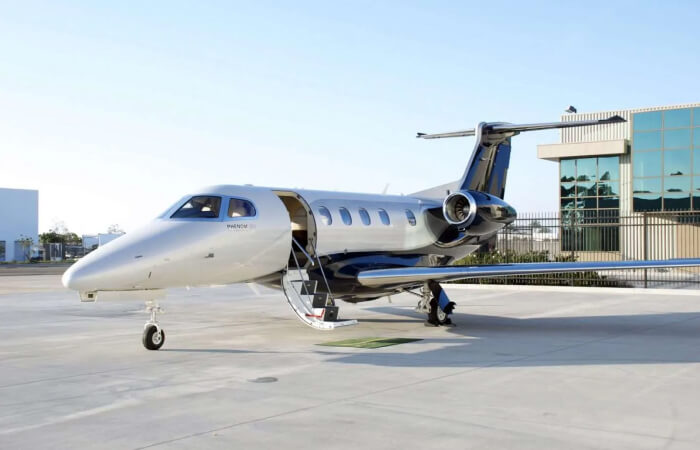
Of all of Embraer’s business jet models, the Phenom 300/300E has significantly outsold all of the other Embraer business jet models beginning with the Phenom 100. Owing to its popularity is the fact that it has gained respect for being efficient and dispatch reliable; it also delivers a range and speed performance that effectively meets the needs of a large audience of light jet users. To be certain, the Phenom 300/300E cabin size, seating and range are characteristically typical within the light jet category, but the economics and performance have proven attractive to many users.
The exact performance of any aircraft is always impacted by factors such as the intended airports (runway length, altitude, etc.), number of passengers and cargo (related to weight and possible reduction of maximum fuel) and the wind and weather conditions. However, the industry offers benchmark data which can provide basic information that, with the guidance of a qualified aviation consultant, can be used to help a prospective owner determine if a Phenom 300/300E is the right choice.
The Embraer Phenom 300E at a Glance
According to Embraer, the Phenom 300E has maintained the distinction of the best-selling light jet for 11 years running. Currently, it is the fastest and longest-range single-pilot jet in production.
| Maximum Range | 1,974 nm / 2,270 miles |
| Top Speed | 464 KTAs |
| Typical Cruise Speed | 379 KTAs |
| Maximum Altitude | 45,000 ft |
|
Exterior Dimensions |
|
| Length | 51 ft, 4 in / 15.6 m |
| Wingspan | 52 ft, 2 in / 15.9 m |
| Passenger Capacity | 6 passengers + a crew of 2 |
Cockpit Design
Photo credit: Embraer
The Embraer Phenom 300E features a modern and sophisticated cockpit design equipped with the Garmin Prodigy Avionics Package, which incorporates advanced technology for navigation, communication and monitoring systems. Garmin avionics are known for their reliability and user-friendly interfaces, providing pilots with accurate and real-time data to enhance situational awareness.
The cockpit of the Phenom 300E is designed with an intuitive, touch-controlled flight deck. Touchscreen technology is a popular feature and considered by pilots to be more streamlined and efficient.
The cockpit is configured to support single- and dual-pilot operations, allowing for flexibility in flight crew arrangements. A single pilot can effectively manage the aircraft’s systems and controls, but the cockpit layout is designed to accommodate two pilots if needed, making it suitable for a range of operational scenarios.
The combination of the Garmin Prodigy Avionics Package and the touch-controlled flight deck contributes to the Phenom 300E’s reputation for being a technologically advanced and pilot-friendly business jet.
Cabin Design
The cabin design of the Embraer Phenom 300E has contributed to its popularity within the light jet category for its efficient utilization of available space.
Photo credit: Embraer
Its best-in-class cabin altitude of 6,600 feet provides a comfortable (and less fatiguing) environment for passengers during the flight.
The Oval Lite® cross-section cabin design contributes to more space for passengers, offering the most head and legroom of any light jet in its class. The cabin is also equipped with the largest windows in the light jet class, maximizing natural light into the interior and providing passengers with added viewing capability during the flight.
Photo credit: Embraer
The compact refreshment center can accommodate ample amenities to enhance the overall in-flight experience.
Photo credit: Embraer
The Phenom 300E features an externally serviced lavatory for added convenience. This design allows servicing of the lavatory without the need for personnel to access the cabin during the process.
Photo credit: Embraer
The aircraft provides ample baggage space with 84 cubic feet (2.4 cubic meters) of storage capacity.
Photo credit: Embraer
The in-flight entertainment system is designed to be compatible with portable electronic devices, offering passengers the flexibility to enjoy their preferred entertainment during the flight.
One of the notable features of the Phenom 300E is the ability to design your own cabin configuration. This customization option allows operators and owners to select certain designs and features to meet specific preferences and requirements.
Technology
The Embraer Phenom 300E is equipped with an advanced technology package aimed at enhancing the aircraft’s performance, safety and overall flying experience. The Prodigy Touch® avionics package provides a user-friendly interface for pilots to interact with the aircraft’s navigation, communication and monitoring of systems. The auto throttle system offers automation in managing engine power, a unique feature not found in less modern light jets.
The Phenom 300E includes a Runway Overrun Awareness and Alerting System (ROAAS). The purpose of this added safety system, which is unique to light jets, is to alert the crew and reduce the risk of runway overrun during landing.
Other technology features listed by Embraer include:
- Graphical flight planning capabilities for planning and optimizing flight routes
- SurfaceWatch™ to enhance situational awareness during ground operations and prevent runway incursions and collisions
- Vertical navigation to assist pilots in planning and executing vertical profiles during climbs and descents
- Windshear alerting and weather radar with vertical scan to enhance the crew’s awareness of potentially hazardous weather conditions during takeoff and landing
- Ground clutter suppression technology to improve radar performance by filtering out unwanted radar returns from ground surfaces
- Turbulence detection capabilities to enhance passenger comfort and safety during flights
- A synthetic vision system, which provides a computer-generated 3D view of the terrain ahead, enhancing situational awareness and navigation in challenging weather conditions
- Synoptic views for a comprehensive and graphical representation of the main aircraft systems, allowing for efficient monitoring and troubleshooting
- A central maintenance computer to facilitate monitoring and maintenance of the aircraft systems
- A brake-by-wire system with antiskid
- Steep-approach capability to access airports with challenging approach angles
Exterior Design
Photo credit: Embraer
The Phenom 300E offers a distinctive and modern-looking exterior characterized by a clean-sheet design and low-swept wings with standard winglets. This design claims to not only enhance the aircraft’s aerodynamics but also contributes to improved fuel efficiency by reducing drag.
Photo credit: Embraer
The airstair includes a handrail for passenger convenience, and built-in step lighting enhances visibility and safety. The exterior lighting utilizes LED technology, known for its energy efficiency, durability and greater visibility to other aircraft.
Two Pratt & Whitney PW535E2 engines are industry proven and the core model has been used in great numbers by other private jets. A single-point refueling system simplifies the refueling process by allowing fueling to occur through a single connection point, improving efficiency and reducing turnaround times.
Acquisition Cost
Aircraft prices can vary based on factors such as configurations, optional features and market conditions. The most recent data from Conklin & de Decker places the Phenom 300E at $10,295,000.
For the most up-to-date market information, consult industry publications, aviation market reports, aviation consultants and online aircraft sales platforms.
Direct Operating Costs
The following budget data points have been provided by Conklin & de Decker. Certain specifications are based on averages and an assumed flight distance of 600 nm and 300 annual flight hours.
| Fuel | $824/hour (183 gallons per hour) |
| Maintenance | $466/hour |
| Engine Overhaul | $593/hour |
| Miscellaneous | $169/hour |
| Total Direct Costs | $2,052/hour |
Annual Fixed Costs
All fixed costs listed are estimated; actual expenses will vary depending on crew experience and certifications, hangar location, insurance coverage and so on.
| Crew (Salaries and benefits) | $390,390 |
| Crew Training | $38,160 |
| Hangar | $30,900 |
| Insurance | $39,664 |
| Miscellaneous | $40,650 |
| Total Fixed Costs | $539,764 |
Is a Phenom 300E Right for You?
When making such a significant purchase, it is always wise to understand the options available in similar aircraft models. In the case of the Phenom 300/300E, most would agree the competition and comparable aircraft would be the Citation CJ4/CJ4 Gen2 and the Pilatus PC24. These other models also qualify as light jets, offer similar performances in certain categories, have a similar physical size and even fall within the same price range. However, there are notable differences, and most every prospective owner has unique desires, objectives and actual flight requirements that are important to recognize when making a final choice.
The Phenom 300/300E has earned a valuable place within the light jet market, having outsold the Citation CJ4/CJ4 Gen2 and Pilatus PC24 combined, which is certainly an accolade for Embraer. Perhaps the most notable characteristics the business jet industry would apply to the Phenom 300/300E would be around its efficiencies and cutting-edge technology — both deserving of the Phenom’s popularity.
How to Acquire a Phenom 300E
Whether you’re considering a Phenom 300E or a comparable light jet for your business aviation needs, Essex Aviation Group is here to guide you in finding the perfect aircraft model tailored to your specific requirements. Begin your search today by exploring our aircraft reviews or by arranging a free transportation analysis with our team of seasoned private aviation consultants.




